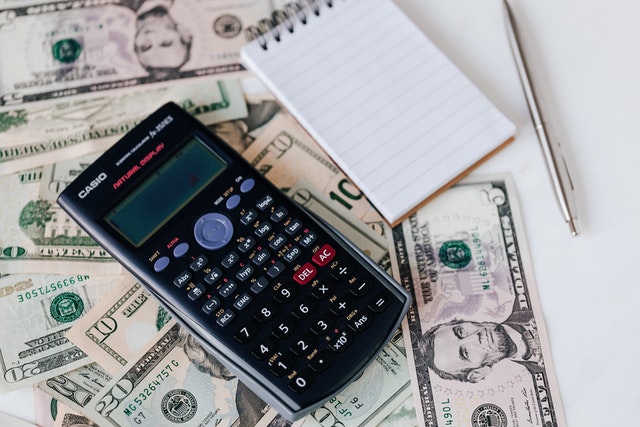During the London morning session, the EURUSD price reached a low of 0.99993, which is only a hair below the parity level. Buyers were drawn to the level because of its inherent support, which resulted in a bid being placed against the level as an option. During the week beginning December 2, 2002, the price was most recently seen trading at parity. A successful test and purchasers maintained their position.

Following the next move to the upside, the price on the hourly chart shown above has moved closer to the swing low reached on Friday, which was located at 1.00705. The top price hit 1.00686, which was barely below that objective.
The purchasers will consider it a victory if the price can climb back over that level (as was holding the 1.0000 level as well, by the way). If we can go above that, we will encounter some resistance in the form of a trend line dipping downwards, followed by the falling 100-hour moving average (at 1.01332). Between 1.0134 and 1.0143, there is a range considered to be volatile that is close to the 100-hour moving average.
The immediate response of the euro was predicted to be negative, challenging the much-talked-about parity level, as the ZEW economic confidence index failed to meet expectations in Germany and the eurozone correspondingly (see economic calendar below). The reading of -53.8 for the EU area was the lowest print since November 2011, thereby repeating the declining confidence level within the eurozone. The psychological support zone located around 1.0000 is likely to be broken through shortly, as I feel it will not be able to hold.
The possibility of an oil crisis, a more hawkish Federal Reserve, and recessionary worries that support havens like the United States currency are all risks that face a future decline in the euro. As we move to the future, tomorrow’s attention will be on the inflation rate in the United States, as investors search for further indications about the economy in the United States.
The fundamentals point in the direction of the US Dollar, even though the EURUSD is oversold and rebounded at a lovely round figure. After a spike of over 25 basis points in yields over the previous week, US rates have fallen for the second day in a row, which is beneficial for the pair.
When we zoom in on the 5-minute chart below, we can see that the price increase has also moved it back above the 100 and 200-bar moving averages (blue and green lines). After falling below those MA levels early in yesterday’s Asian trading day, the price continued to move downward for the rest of the day. The 100 bar moving average (MA) was challenged early in today’s Asian session, and it initially slid off near the parity level.
Following a rebound that caused the price to go over the 100 bar moving average (MA) but to continue to trade below the 200 bar moving average (MA), the price dropped to the day’s low level before eventually breaking through both of the MA levels.

ON the topside, the 38.2 percent of the move down from last Friday’s high (at 1.00728) is cutting across just above the swing low from Friday at the 1.0070 level, which increases the significance of that level moving ahead.
The buyers will begin to regain greater control of the market today if the 200 and 100 bar moving averages on the 5-minute time frame continue to provide support AND the region between 1.0070 and 1.0073 is broken above. Keep an eye on those levels throughout the day to see where the support and resistance are.

